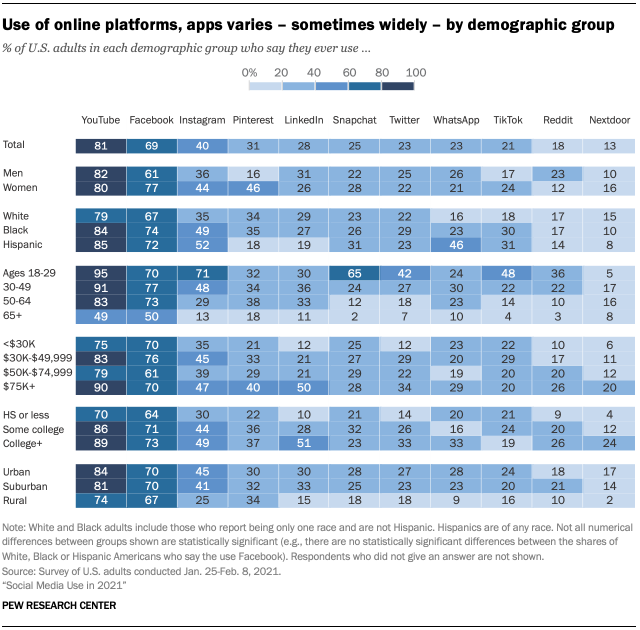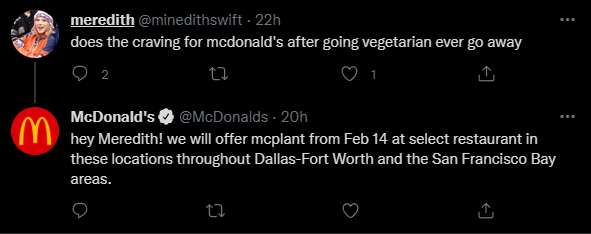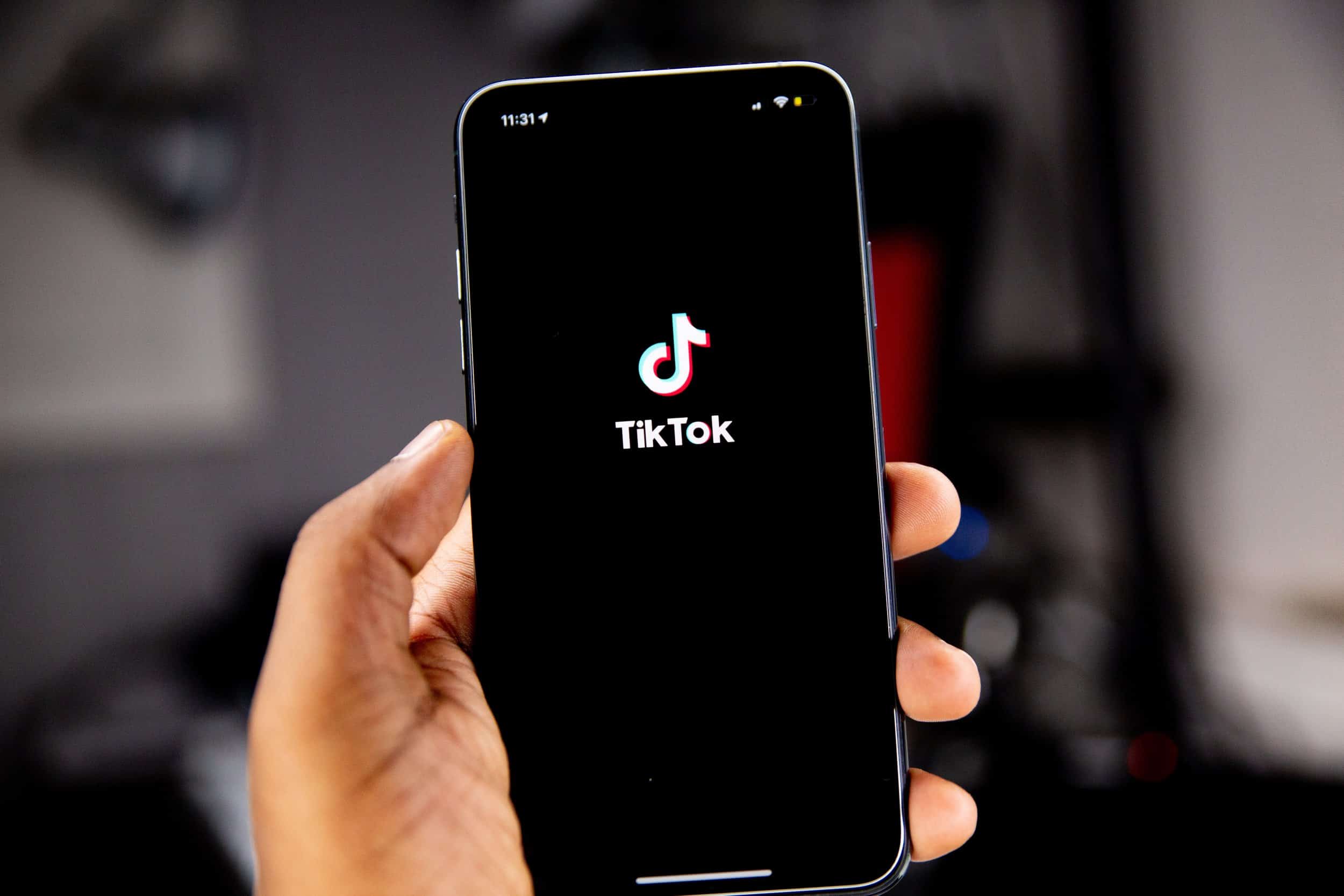Build a Social Media Playbook in 5 Easy Steps

Every minute, on average, social media users upload 147,000 photos to Facebook, post 347,000 Instagram Stories and send 350,000 tweets. In this crowded online environment where digital content wears the pants, you need a strategy to stand out and provide your community with a reason to pay attention and engage with you consistently. More than ever, brands need to think tactically about social media to ensure alignment and measure success—and the best place to start is by creating a rock-solid foundation for your team.
That’s what a Social Media Playbook is. If you don’t have one, this is why you need one and how to get started.
Understanding the Importance of Social Media
The meteoric rise of social media has fundamentally changed how brands market and communicate. Gone are the days when high-powered marketing execs spitball ad ideas in their problematic Mad Men glory. Now we’re in an era of influencer relations and unhinged brand accounts (see Duolingo) that necessitate more authenticity, originality and creativity than ever before. It’s not enough to just show your audience a product or service, you need to show how your brand aligns with their desired future. And social media is the perfect place to do it.
No matter what you’re marketing, there’s a social platform that’s perfect for garnering growth. With more than 52% of the world’s population on social platforms, LinkedIn, Twitter, Facebook, Pinterest, Instagram, TikTok, Snapchat and others—and probably more to come—can be perfect places to help build brand awareness, establish brand identity and show that you know your stuff. And that you know your people. These platforms allow your brand to connect with targeted or wide audiences, fostering relationships through authentic content.
These relationships can make or break your brand’s performance—not just within your marketing KPIs, but when it comes to wider goals. More than 90% of social users have communicated with a brand or business. Similarly, more than 54% of users research a brand on social prior to making a purchase, and 67% of shoppers have made a purchase after seeing a product advertised on social media. Users expect brands to be active, honest and open on social media, and doing so is rewarded with equity. This loyalty drives transactions, makes users more likely to give brands a second chance, and spurs the creation of brand evangelists who create their own content recommending your business to others, pulling in more potential customers. If you earn word-of-mouth endorsements, you know you’re doing something right.
So, we can agree that social media is important for businesses, but where do you begin? The short answer: a Social Media Playbook.
What’s a Social Media Playbook?
Great content in and of itself isn’t enough for most brands to succeed on social media. Think of a Social Media Playbook as a strategic rudder that guides your content toward success. The Playbook is a living document that outlines your social media strategy: clearly explaining the whats, wheres, whys and hows of your content as well as your engagement protocols. They provide a foundation for all brand social media activity and ensure consistency in content strategy while aligning with business goals.
Every Social Media Playbook should guide future content creation by detailing important facets of the social media strategy. Outlining these key pieces of information is integral to establishing brand consistency across social media. These include:
- audience details by platform
- brand voice by platform
- ideal posting mix/cadence
- what types of content belong on what platform.
Understanding who your audience is what type of content they prefer is crucial.
Imagine you are a school—you know your primary audience is parents, particularly women, within a certain age range on Facebook, but that the students themselves are more likely to follow you on TikTok, and your followers on Instagram include a mix of both. Your LinkedIn content, on the other hand, might be 100% dedicated to connecting with business supporters, and sharing awards and expert content to burnish your brand recognition in the wider community. The subject, style and voice of posts on each of these three platforms should be adjusted to match the different audiences and messaging priorities—and on Instagram, you’ll need to find the right mix of feed posts, Stories and Reels to connect with each distinct user group. Take time to understand your audience and the platforms you’re participating on or your content is likely to fall flat.
How to Create a Social Media Playbook in 5 Easy Steps

1. Outline Your Goals
Start by outlining your business goals and how you can leverage social media to accomplish them. Remember that not every goal has to yield a transaction—in fact, thinking of social solely as a transaction engine ignores its ability to build strong relationships with the people who are most important to you. Determine essential outcomes for your social media strategy and articulate them in the Playbook.
These goals should be SMART, meaning specific, measurable, attainable, relevant and time-based. For example, don’t simply say you want to increase brand awareness on social—this goal is too nebulous, leaves a lot of room for interpretation and is challenging when it comes to gauging success. Instead, state that you want to gain 100 or more followers within the next 30-day period. By comparison, this goal sets up useful parameters to track success and a deadline for delivery.
2. Determine Your Content Strategy
Goals are fulfilled through content strategy. The age-old maxim that “content is king” still reigns supreme on social media, which means here that the quality and characteristics of your content should be tailored specifically to the goals you’ve set for your brand. Since you’ve already determined the specifics of your goals, you’ll quickly understand if your content is overperforming or underperforming and can adjust it accordingly. The type of content you produce should always tie into one or more of your business goals.
3. Choose Social Media Platforms
Next, you should determine which social media platforms your brand should activate. Make brand pages for every platform, but maintain an active posting cadence on platforms that are relevant to your brand. Determining relevancy differs from brand to brand, but a good rule of thumb is to follow your audience.
Every platform’s user base differs demographically. For example, social media users over 65 are much more likely to be active on Facebook than TikTok. Consider the characteristics of your audience and determine if the platform is an appropriate vehicle to reach them. Don’t “spray and pray.” Have a plan based on data to deploy strategic content based on data-driven insights to save time, money and avoid the pitfall of wanting to be everywhere at all times. Create content for the platforms that work for your audience.

4. Plan for Community Interaction
Social media doesn’t work unless you engage with your audience, but that looks very different from brand to brand. First and foremost, remember that users expect timely responses from brands on social. While most people expect a response within less than 24 hours, more than 39% of users want a reply within an hour. Your Playbook must include a clear outline of when, where and how to interact.
Take constraints like bandwidth and brand values into consideration when determining your rules for engagement. Identify what type of comments and messages require replies and how to do so. It might be a good plan to create a few boilerplate responses in case a customer has an order issue. For example, brands like McDonald’s are great at using Twitter to quickly respond to mentions, turning a simple tweet into an opportunity to suggest a new product.

Remember that your interaction doesn’t always have to be in reaction to negative comments or concerns. Keep an eye out for positive user-generated content that you can signal boost with a share or comment. Here’s an example of Target taking a moment to genuinely engage with a customer via Twitter.

There’s no one-size-fits-all approach to engaging on social media. Instead, pick what works for your brand and allow your defined voice to provide consistency and structure even as you experiment with different
5. Measuring Your Results
Your Social Media Playbook should also set the groundwork for how you plan to evaluate the results of your strategy. Define which metrics are KPIs and develop a reporting framework that will provide you with standardized and comparable data month-over-month. Establishing how you plan to measure success on social media is important for gauging if content strategy shifts are necessary.
Remember that there are two levels to the measuring results. The first should be a broader overview of your social media strategy’s performance than can be delivered in layperson’s terms. Think of it as an executive summary that you’re providing to key stakeholders who might not have the social media expertise that you do. The second level should be a more granular dive into your data to determine if your content is achieving the goals you initially set for yourself.
As your content meets, exceeds or fails at accomplishing your goals you should update it.
Updating Your Playbook
While a social media playbook is an important starting point for any social content strategy, it must be regularly updated to match these changing algorithmic times. The best platforms for your brand today might not exist in the same capacity tomorrow—or at all (RIP Vine). For example, in 2021 Instagram’s Adam Mossieri revealed that posting two feed posts per week and two Stories per day was ideal for growing your following on the app, but with the introduction of Reels, that formula has already likely changed. We’ve also seen significant upheaval coming from changes in Apple’s terms of service and Facebook’s regular algorithm tweaks. Stay on top of performance trends, compare them to your own performance and adjust accordingly.
Is making the most of your brand presence on social media easy? Not these days. But a Social Media Playbook is a great place to start.
More Blog Posts

In the digital era, one symbol has risen to become a ubiquitous thread connecting social media platforms, marketing campaigns, and...

Despite the recent introduction of legislation to ban the use of TikTok in the US, when it comes to social...

One thing that always comes up in a CKP meeting: food. Do we have a shared recipe doc for swapping...

When you hire a graphic designer to build social media assets or engage an agency to rework your branding, it...

